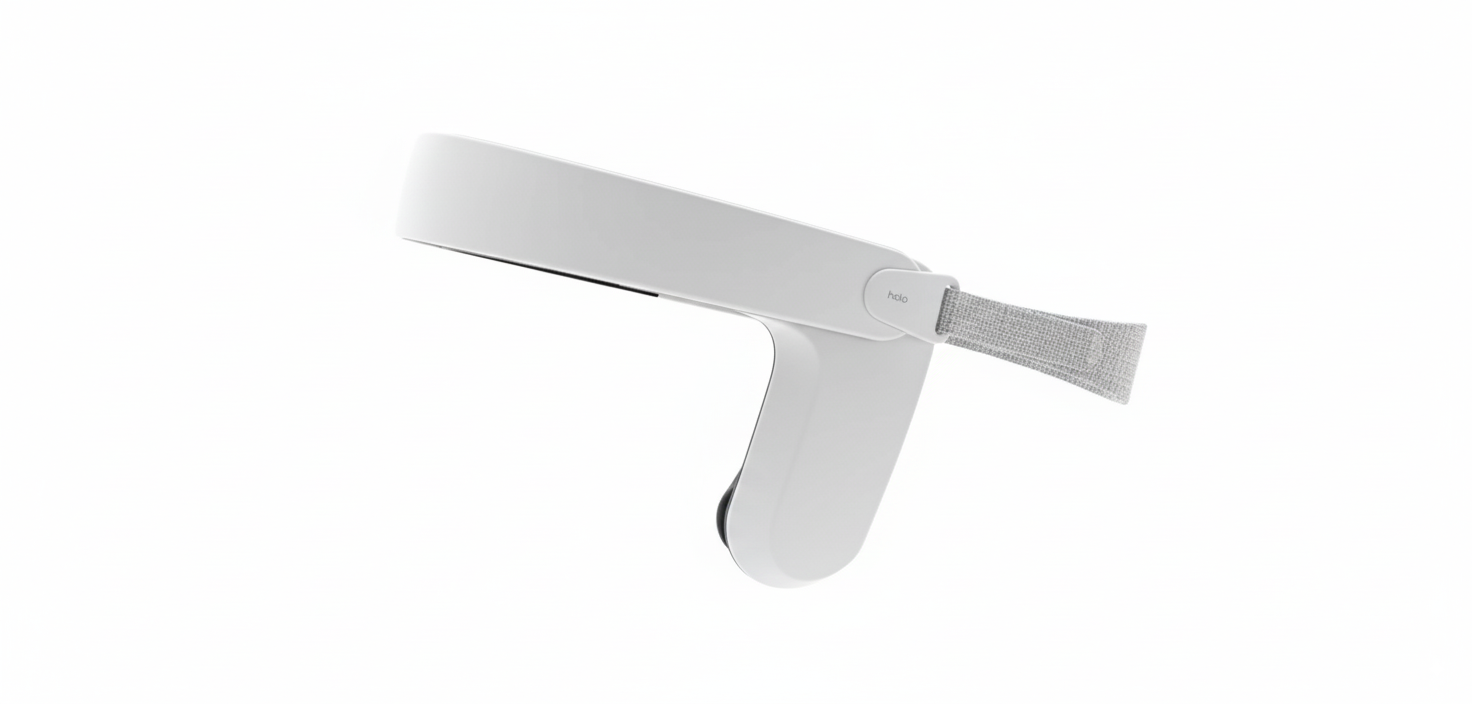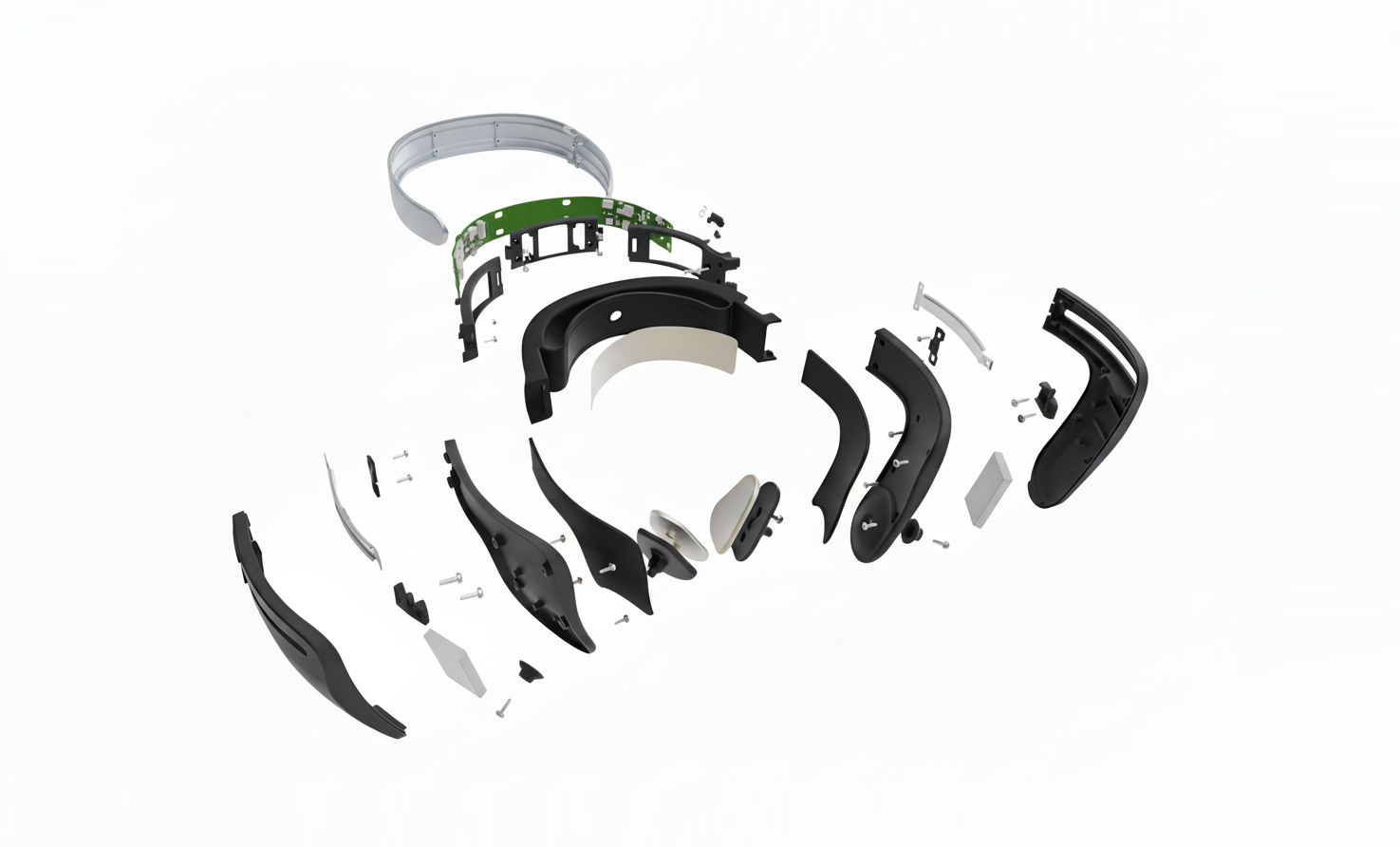NEXALIN tACS therapy
The United States faces a growing mental health crisis, with conditions like anxiety, insomnia, addiction, and early dementia affecting millions of Americans and straining traditional treatment approaches. These interconnected challenges all stem from underlying brain health issues that have historically been difficult to address without pharmaceutical interventions or invasive procedures. The need for innovative, accessible mental health solutions has never been more urgent, enter Nexalin’s tACS (transcranial alternating current stimulation) therapy.

Approachable Tech
The Nexalin device represents a masterclass in medical design where form truly follows function, creating a headset that patients would actually want to wear rather than endure. The challenge was translating complex neurostimulation technology into something that felt approachable and calming—essential for a treatment targeting anxiety and mental health conditions. The clean, minimalist aesthetic with soft white curves and premium materials immediately signals trust and sophistication, while the lightweight construction ensures comfort during extended treatment sessions.

Ergonomic Comfort for All
Every design decision prioritized the patient experience, from the gentle contact points that deliver precise electrical stimulation to the intuitive headband adjustment system. The device avoids the clinical, intimidating appearance typical of medical equipment, instead resembling something closer to premium wellness technology. This deliberate choice removes psychological barriers that might prevent patients from seeking treatment, transforming what could feel like a medical procedure into something more like a spa experience.



Transforming the treatment
The design achieves the rare balance of looking both high-tech and human-centered, with careful attention to how the device sits on different head shapes and hair types. The contact points are elegantly integrated into the overall form, maintaining clean lines while ensuring reliable electrical contact with the skin. This seamless integration of complex electronics into an approachable, almost jewelry-like form factor demonstrates how thoughtful design can make breakthrough medical technology feel accessible rather than intimidating.
